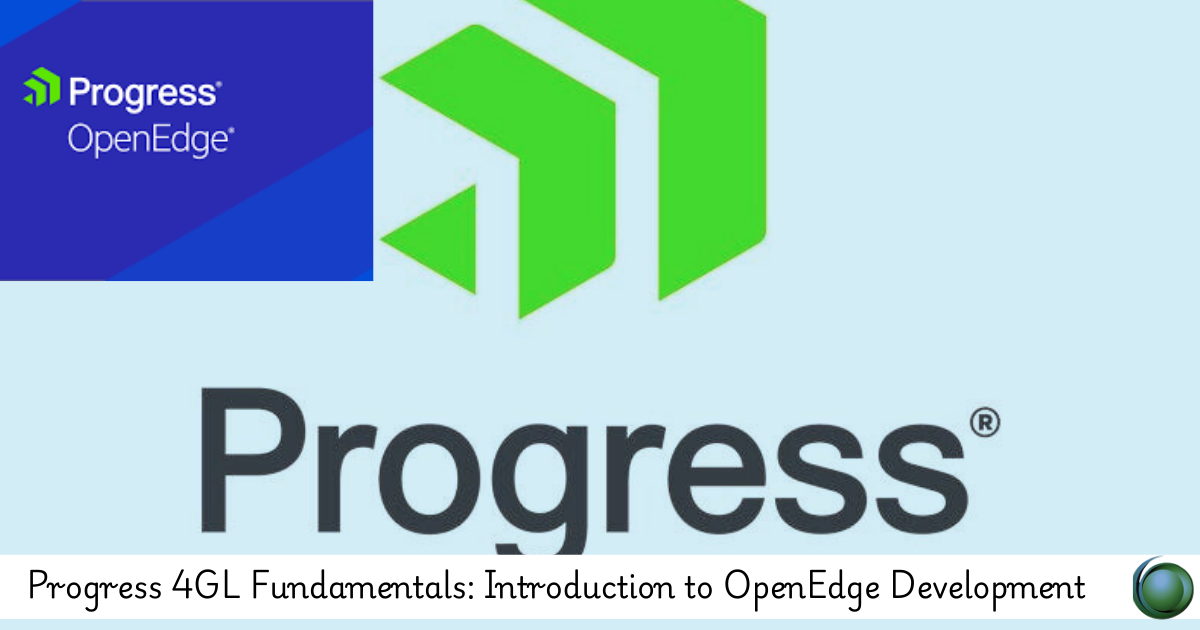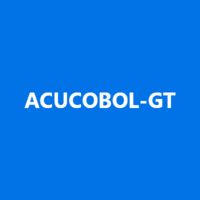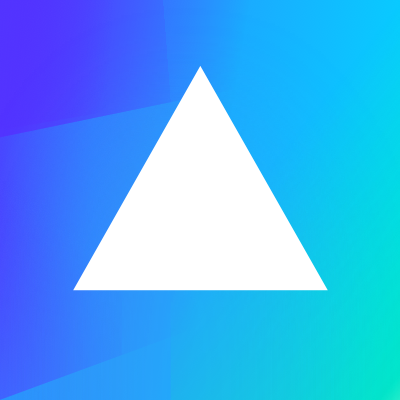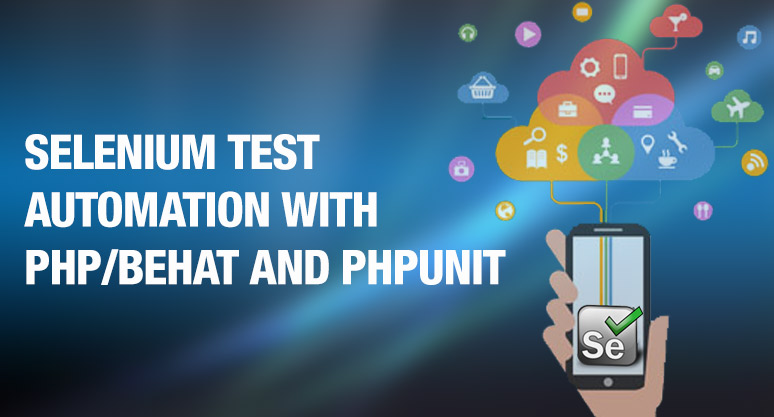Description
Introduction
Progress 4GL, now known as OpenEdge Advanced Business Language (ABL), is a powerful, high-level programming language designed for developing enterprise applications with built-in database access and transaction processing capabilities. OpenEdge is widely used for business application development due to its robust integration, scalability, and multi-platform support.
This Progress4GL Fundamentals course provides a comprehensive introduction to covering its syntax, database interactions, procedural and object-oriented programming features, UI development, and application deployment. Participants will gain hands-on experience in writing 4GL programs, managing databases, handling transactions, and developing business applications. By the end of this Progress4GL Fundamentals course, learners will be equipped with the foundational skills necessary to develop and maintain OpenEdge-based applications efficiently.
Prerequisites
- Basic understanding of programming concepts (variables, loops, conditions)
- Familiarity with relational databases and SQL (preferred but not mandatory)
- No prior knowledge of Progress 4GL/OpenEdge ABL required
Table of Contents
1. Introduction to OpenEdge and 4GL
1.1 Overview of Progress OpenEdge and Its Architecture
1.2 Understanding OpenEdge Application Development
1.3 Introduction to Progress 4GL (ABL)
1.4 Key Features and Benefits of OpenEdge
2. Setting Up the Development Environment
2.1 Installing Progress OpenEdge
2.2 Configuring OpenEdge Development Tools
2.3 Using OpenEdge Studio and Editor
2.4 Writing and Running a Simple 4GL Program
3. Fundamentals of 4GL Programming
3.1 Basic Syntax and Structure of 4GL Code(Ref: Advanced Progress 4GL Programming: Best Practices and Optimization)
3.2 Variables, Data Types, and Scope
3.3 Control Structures: IF-THEN-ELSE, Loops, CASE Statements
3.4 Writing Modular and Maintainable Code
4. Database Concepts and OpenEdge Integration
4.1 Overview of OpenEdge Relational Database
4.2 Connecting to a Database in 4GL
4.3 Creating and Managing Database Tables
4.4 Querying and Manipulating Data
5. Working with Transactions and Data Handling
5.1 Record Buffers and Data Retrieval
5.2 Transaction Processing and Error Handling
5.3 Locking Mechanisms and Concurrency Control
5.4 Query Optimization and Indexing
6. User Interface Development in OpenEdge
6.1 Designing Character-Based and GUI Applications
6.2 OpenEdge Widgets and Frames
6.3 Event-Driven Programming and Triggers
6.4 Creating Interactive Forms and Reports
7. Procedural and Object-Oriented Programming in 4GL
7.1 Understanding Procedural vs. Object-Oriented Programming
7.2 Writing Procedures and Functions
7.3 Introduction to Classes and Objects in OpenEdge
7.4 Working with Methods and Inheritance
8. Advanced Queries and Reporting
8.1 Using FIND and FOR EACH Statements
8.2 Joins, Subqueries, and Aggregate Functions
8.3 Generating Reports and Exporting Data
8.4 Using Temp-Tables and ProDataSets
9. Debugging and Error Handling
9.1 Common Errors and Troubleshooting Techniques
9.2 Implementing Error Handling in 4GL Applications
9.3 Debugging Tools in OpenEdge
9.4 Performance Tuning for Efficient Code Execution
10. Web Services and OpenEdge Integration
10.1 Introduction to OpenEdge Web Services
10.2 Consuming and Exposing REST and SOAP APIs
10.3 Integrating OpenEdge Applications with External Systems
10.4 Security and Best Practices for Integration
11. Deploying and Maintaining OpenEdge Applications
11.1 Application Deployment Strategies
11.2 Packaging and Distributing 4GL Applications
11.3 Database Backup and Recovery Procedures
11.4 Ongoing Maintenance and Performance Optimization
12. Hands-on Labs and Case Studies
12.1 Lab: Writing a Basic 4GL Application
12.2 Lab: Implementing Database Transactions
12.3 Lab: Creating a GUI-Based Data Entry Form
12.4 Case Study: Business Workflow Implementation in OpenEdge
13. Certification and Career Advancement
13.1 Overview of OpenEdge Certification Paths
13.2 Recommended Resources for Advanced Learning
13.3 Career Opportunities in OpenEdge Development
13.4 Final Q&A and Course Review
By completing this course, participants will gain a strong foundation in Progress 4GL/OpenEdge ABL, allowing them to develop, optimize, and maintain business applications effectively. They will be prepared to handle database interactions, UI design, transactions, and integrations in an OpenEdge environment. This Progress4GL Fundamentals course serves as a stepping stone for more advanced OpenEdge topics, such as cloud-based deployment, API integrations, and enterprise application modernization.







Reviews
There are no reviews yet.